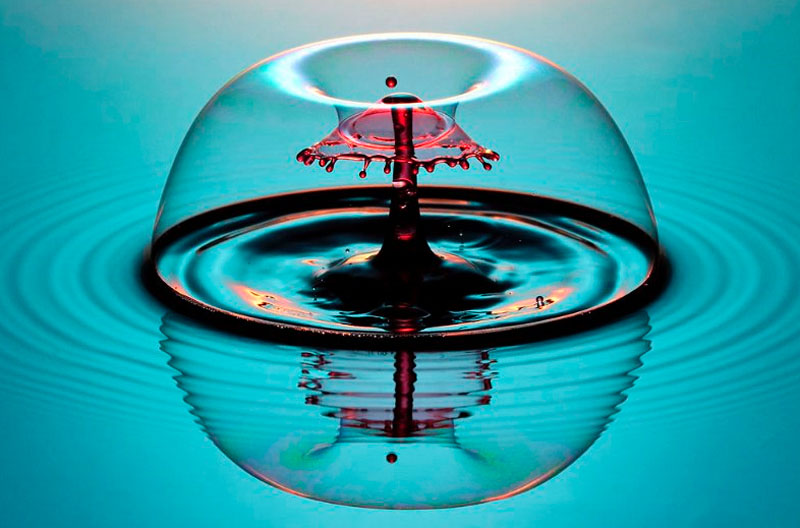In the realm of photography, where still images frequently constitute the standard, there is a subgenre that attempts to stray against the accepted norms. Experimental photography is an art form where photographers strive to stretch the boundaries of their skills and find fresh methods to capture the fleeting and shifting. The craft of capturing fluid motion is an approach that has been fascinating to both artists and photographers. However, just as with traditional photography, lighting here plays an important role, too. The blog Yvette Heiser Mastering the Art of Radiance: Advanced Approaches for High Key Lighting, describes in detail how to correctly use lighting in all forms of photography.

This blog explores the captivating world of liquid art in experimental photography.
The Allure of Fluid Motion
Why are we, as a species, so invested in smooth movement? Maybe it’s the seamless way liquid moves and flows or the effortlessness with which it creates sophisticated shapes and patterns. Or maybe it’s the challenges of photographing something so brief in a single shot. Regardless of the rationale, fluid motion photography has a particular pull on those who like to do tasks that aren’t the norm.
The Tools of the Trade
Before getting into the creative process, there are some of the tools you’ll need to start your journey into liquid artistry. A manual setting gives you complete control over your lighting settings, which is essential to photograph fluid motion. Also, you need a sturdy tripod to keep your camera steady when the duration of exposure is long.
A bright external flash or an uninterrupted light source is needed to capture the liquids’ motion accurately. You can utilize them to illuminate the subject better, enabling you to capture closer shots of the minute details more clearly. Finally, a wide variety of containers, fluids, and equipment will be needed to achieve what you want. Clear glass or plastic storage containers are excellent for this sort of thing.
The Art of Timing
To get the ideal shot possible, you’ll have to precisely pinpoint when the liquid first makes contact with your accessories and light source. The time of your flash or constant light source is an element in an equation, including your camera’s shutter speed and aperture. Begin with a slow shutter speed, and then modify the aperture to adjust the amount of focus in the picture. The exact settings will vary from one situation to the next, so don’t be reluctant to play around and make changes as necessary.
In conclusion, the creative photography subgenre known as “fluid motion” forces photographers to go along with the improbable and discover elegance in transient things. You can embark on a journey of liquid art that produces lovely and distinctive photos if you have the right tools, an imaginative mind, and an open mind to try new things. Check out Yvette Heiser’s 5 Critical Qualities for Remarkable Memories to find out how to make your fluid motion photography stand out.
